- No products in the cart.
Nicorette patch TTS translucent 10mg / 16h sachets 7 pcs third stage
$18.39
Nicorette patch TTS translucent 10mg / 16h sachets 7 pcs third stage
Description
Composition
Active substance:
Nicotine base: nicotine – 15.75 mg;
Excipients:
Triglycerides (average chain length) – 18.27 mg, main butylmethacrylate copolymer – 14.58 mg, polyethylene terephthalate film of 19 mm (one side can be lacquered) – carrier layer containing the active ingredient.
Acrylate-based:
Acrylic adhesive solution – 123.84 mg Potassium hydroxide – 0.70 mg, croscarmellose sodium – 5.00 mg aluminum acetylacetonate – 0.06 mg, polyethylene terephthalate film of 100 mm aluminized on one side and on both sides siliconized – medium It performs the function of protecting the adhesive layer (removable substrate) is discarded before use.
Description:
Rectangular patch with rounded corners, translucent, beige, on rectangular aluminized and siliconized detachable substrate.
The patch 10 mg / 16 hours area of 9 cm2 2% 27,7h33,2 mm.
Product form:
The transdermal patch 10 mg / 16 h, 15 mg / 16 h, 25 mg / 16 hr.
Patch 1 10 mg / 16 h, 15 mg / 16 h or about 25 mg / 16 h in a sachet. At 7, 14 or 28 sachets together with instructions for use in a cardboard package.
Contraindications
Increased sensitivity to nicotine or other components of the formulation.
Patients with impaired liver function and kidney.
The drug should be used with caution in patients with severe or moderate hepatic impairment, and (or) severe renal insufficiency since the clearance of nicotine and its metabolites may be reduced, which can increase the risk of adverse events.
Patients are to be taken with caution.
Patients with recent myocardial infarction, unstable angina, or deterioration of its flow, including Prinzmetal angina, arrhythmia with severe, recently suffered a cerebrovascular disease and (or) patients with uncontrolled hypertension should be advised to stop smoking without the help of pharmacological intervention. If such attempts are unsuccessful, it is possible to consider applying the patch Nikorette®, but as data on safety in this patient are limited to begin this treatment should only be under close medical supervision.
Patients with diabetes mellitus after smoking cessation and since the start of nicotine replacement therapy to more closely monitor blood glucose concentration as lower content of catecholamines, which is induced release of nicotine may affect carbohydrate metabolism. Patients with diabetes may require a reduction in the dose of insulin after smoking cessation.
The drug should be used with caution in patients with severe or moderate hepatic impairment, and (or) severe renal insufficiency since the clearance of nicotine and its metabolites may be reduced, which can increase the risk of adverse events.
Nicotine is released from the means of substitution therapy and absorbed by smoking, we stimulate the release of catecholamines from the adrenal medulla. Therefore, the drug should be used with caution in patients with uncontrolled hyperthyroidism and pheochromocytoma.
Nicotine may aggravate the symptoms of esophagitis, gastritis or peptic ulcers, drugs used so nicotine replacement therapy for this pathology with caution.
Dosage
10 mg
Indications
For the treatment of tobacco dependence by reducing the need for nicotine, withdrawal symptoms, “cancel”, arising from the smoking cessation in patients with the proper motivation.
Interaction with other drugs
Clear clinically significant interaction between nicotine replacement therapy and other drugs is not established. However, theoretically, nicotine may enhance the hemodynamic effects of adenosine, t. E. Lead to increased blood pressure and heart rate, as well as enhance the response to pain (chest pain of angina pectoris on the type), provoked by administration of adenosine.
Overdose
Excessive intake of nicotine replacement therapy and / or smoking may cause overdosage symptoms.
Symptoms of nicotine overdose may occur in patients with low nicotine intake to treat or the simultaneous use of different sources of nicotine.
In case of overdose observed the same symptoms as in acute nicotine poisoning, such as: nausea, vomiting, increased salivation, abdominal pain, diarrhea, sweating, headache, dizziness, hearing loss and severe weakness. At high doses after these symptoms may occur following symptoms: reduction in blood pressure, weak and irregular pulse, shortness of breath, fatigue, generalized seizures and collapse.
Nicotine tolerated by adults smokers doses can cause severe poisoning in children symptoms and even lead to death. Suspected nicotine poisoning in children should be treated as a medical emergency, requiring immediate hospitalization.
Treatment of overdose: Should immediately stop using nicotine and appoint symptomatic treatment. You must remove the patch and wash the overlay patch of water. Activated charcoal reduces the absorption of nicotine in the gastrointestinal tract.
The minimum lethal dose of acute overdose for nonsmoker adults is 40-60 mg nicotine.
pharmachologic effect
Pharmacological group:
Means for treatment of nicotine addiction.
Pharmacodynamics:
After a sharp smoking cessation in patients routinely use tobacco-containing products for a long time, may develop the syndrome of “cancellation”, which includes: dysphoria or depressed mood, insomnia, irritability, frustration or anger, anxiety, impaired concentration, anxiety or impatience, decreased heart rate, increased appetite or weight gain. An important symptom of the syndrome of “cancellation” is also the desire to smoke.
In the treatment of tobacco dependence Nicotine replacement therapy reduces the need for a number of cigarettes smoked, reduces the severity of withdrawal symptoms that arise when the total elimination of smoking from those who have decided to quit smoking; facilitates temporary abstinence from smoking, as well as helps to reduce the number of cigarettes smoked by those who can not or does not want to completely give up smoking.
Pharmacokinetics:
The nicotine is slowly released from the patch Nikorette® and continuously absorbed through the skin. Nikorette® plaster is intended for use during the waking hours, ie for about 16 hours, which coincides with the period of receipt of nicotine when smoking. This helps to avoid sleep disturbances caused by nicotine intake during sleep time. The absolute bioavailability is greater than 90%, regardless of the imposition of place patch.
The therapeutic range (10-25 mg / 16 hours) the relationship between the concentration of nicotine in the blood plasma, and its dose is linear.
Calculated by the model maximum nicotine plasma concentrations correspond to a measured 11 ng / ml – when applying a transdermal patch of 10 mg and 25 ng / ml – for 25 mg. Obtained by interpolating the value of the maximum blood plasma concentration when applying a transdermal patch of 15 mg was 16 ng / ml.
Time to maximum plasma concentration (tmax) is about 9 hours and created in the afternoon or in the evening, when the risk of recurrence is greatest.
The volume of distribution after intravenous nicotine is about 2-3 l / kg, its half-life – about 2-3 hours. Nicotine appears mainly the liver, the average plasma clearance – about 70 l / h. Nicotine is also metabolised in the kidneys and lungs. Identified 20 nicotine metabolites whose activity inferior to the activity of the starting material.
Communication nicotine plasma protein is less than 5%. In this regard, disorders of binding nicotine while the use of other drugs or modify the content of the plasma proteins in various diseases should not have a significant effect on the kinetics of nicotine.
The major metabolite of nicotine – cotinine – has a half-life of 15-20 hours and found in plasma at a concentration greater than that of nicotine by 10 times.
The major metabolites of nicotine are excreted in urine are cotinine (12% of the administered dose) and trans-3-hydroxy-cotinine (37% of the administered dose). Approximately 10% of the nicotine is excreted in the urine unchanged. At high filtration rate and urine pH below 5, the amount of nicotine in the urine output in unchanged form, can reach 30%.
Progression of renal failure may be accompanied by a decrease in total clearance of nicotine. Smokers with concomitant chronic renal failure treated with hemodialysis, there was an increase of nicotine concentrations in the blood plasma.
The pharmacokinetics of nicotine with mild hepatic impairment (5 points on the Child-Pugh) is not changed when the average degree of hepatic insufficiency (7 points on the Child-Pugh) reduced clearance of nicotine.
The slight decrease in total clearance of nicotine was observed in healthy elderly patients, which, however, does not require correction of the dose.
The concentration of nicotine in the blood plasma increases when using three types of transdermal patches are proportional to dose.
Differences in the pharmacokinetics of nicotine in males and females were observed.
Pregnancy and breast-feeding
Smoking during pregnancy is associated with risks such as intrauterine growth retardation, premature birth or stillbirth. Quitting smoking is the single most effective intervention for improving the health of both the pregnant woman and her baby. Early cessation of smoking is the best option.
Nicotine crosses the placental barrier and affect the respiratory activity and blood circulation of the fetus. Effect on circulation is dose-dependent. Smoking can have serious adverse effects on the fetus and the newborn, and should therefore be discontinued. Therefore, ideally, stop smoking during pregnancy should be carried out without nicotine replacement therapy.
The risk for the fetus when used Nikorette® not fully understood. However, the use of nicotine replacement therapy in pregnant women who can not stop smoking without such treatment, significantly outweigh the risk of continued smoking. Nikorette® plaster should be used in pregnant women only with a high degree of dependence, after consultation with the doctor.
Nicotine passes into breast milk in quantities that may affect the child even when using the drug at therapeutic doses. Therefore it is necessary to refrain from applying patch
Nikorette® during breastfeeding. If you are unable to stop smoking, use of the drug should be started only after consulting your doctor.
Smoking increases your risk for infertility in men and women. In vitro studies have shown that nicotine has a negative impact on sperm quality in men.
side effects
Regardless of the preparation as an agent for treating tobacco dependence some symptoms can be caused by nicotine withdrawal due to smoking cessation.
These include: dysphoria or depressed mood; insomnia; irritability, frustration or anger; anxiety; difficulty concentrating; restlessness or impatience; decreased heart rate; increased appetite or weight gain; dizziness or presyncopal state; cough, constipation and bleeding gums.
After cessation of smoking may also increase the frequency of aphthous ulcers, cough and nasopharyngitis. A causal relationship has not been established.
Craving for nicotine is regarded as clinically significant symptom – an important manifestation of nicotine withdrawal after smoking cessation.
Nikorette® patch can cause unwanted reactions associated with nicotine, similar to those observed during use of other nicotine-containing products. Most adverse reactions reported patients occur in the early phase of therapy and are preferably dose dependent.
Approximately 20% of patients during the first weeks of therapy developed unexpressed local skin reactions.
Allergic reactions (including anaphylactic reaction) may rarely occur in predisposed individuals.
special instructions
Application Nikorette® preparation accompanied by a lower risk than smoking.
The patch transdermal Nikorette® should be removed prior to the MRI (magnetic resonance imaging) to avoid burns.
The danger for young children.
Doses of nicotine that can be easily transferred to adult smokers and smokers, adolescents can cause severe intoxication in children, which can lead to death. It is important not to leave unattended preparations containing nicotine, because it may lead to incorrect use of their children and ingestion (see. Section “Overdose”).
Formation of dependence.
It may develop dependence on the drug, but it is less dangerous for health and more easily overcome than dependence on smoking.
To give up smoking.
Polycyclic aromatic hydrocarbons contained in tobacco smoke induce metabolism of drugs metabolized isoenzyme CYP1A2 (and optionally, CYP1A1). Stopping smoking may cause slower metabolism and as a consequence, increased concentrations of these drugs in the blood. This has the potential clinical significance for drugs with a narrow therapeutic index, for example, theophylline, tacrine, clozapine and ropinirole.
After cessation of smoking may also increase plasma concentrations of other drugs that are metabolized partially by isoenzyme CYP1A2, such as imipramine, olanzapine, clomipramine and fluvoxamine, although data supporting this hypothesis, no, and the possible clinical significance of this effect is not known.
Limited data suggest that smoking may induce the metabolism of flecainide and pentazocine.
After use, the patch should be folded with the adhesive side inwards and dispose of the reach of children.
Warnings and Precautions in combination therapy with Nikorette® transdermal patch elastics chewable / sublingual tablets / spray for topical use similar warnings and precautions for use of each of the drugs separately.
If the drug has come into disrepair or expiration date – do not throw it in the sewer system or into the street! Place the drug in the bag and place in the trash. These measures will help protect the environment!
Effects on ability to drive a vehicle, the mechanism
It should take into account the profile of the drug adverse reactions (dizziness), which may impair the ability to drive and engage others. Activities that require high concentration and psychomotor speed reactions.
Storage conditions
Store at a temperature not higher than 25 ° C.
Keep out of the reach of children.
Dosing and Administration
Treatment of transdermal patch Nikorette® simulates vibrations nicotine concentration during the day the smoker; while in sleep nicotine entering the body does not occur. The use of nicotine transdermal patch for a day does not cause disturbances observed in the delivery of nicotine into the body during sleep.
Nikorette® transdermal patch may be used as monotherapy or in combination with Nikorette® gum 2 mg sublingual tablets Nikorette® 2 mg Nikorette® or spray for topical application of 1 mg / dose.
When the symptoms of overdose (see. Section “Overdose”) use of the drug should be discontinued immediately.
Children and adolescents.
Experience the patch Nikorette® teenagers under the age of 18 years is not, therefore, the drug should be used by persons under 18 years old are strictly prescribed by a doctor.
Adults.
Nikorette® transdermal patch may be used with a sharp stop smoking, as well as to increase the time intervals between smoking with a view of the greatest possible reduction until complete smoking quitting.
The patient should make every effort to finally quit smoking for the treatment of plaster Nikorette®.
Patients with a high degree of dependence (more than 20 cigarettes per day) is recommended to begin treatment 1 phase, using 1 patch 25 mg / 16 hours, daily, for 8 weeks.
Then begin a gradual reduction in the dose of the drug: 1 patch 15 mg / 16 hours, daily for 2 weeks, and then – the patch 1 10 mg / 16 hours daily for the next 2 weeks.
Patients with low degree of dependence (10-20 cigarettes a day) therapy is recommended to start with the 2 stages, using 1 patch 15 mg / 16 hours, daily, for 8 weeks. Then begin a gradual reduction in dose to 3 stages: 1 patch 10 mg / 16 hours daily for the next 4 weeks.
How to apply the transdermal patch.
The patch is applied to intact skin immediately after waking in the morning and removed before bedtime. The plaster should be imposed on a dry, clean, intact skin that does not contain hair, for example, the thigh, the upper limbs or chest. Необходимо изменять место наложения каждый день: не следует использовать одну и ту же область в течение двух последующих дней. После наложения пластыря тщательно вымойте руки, чтобы избежать раздражения глаз от возможного попадания в них никотина.
1. Перед наложением пластыря тщательно вымойте руки.
2. Надрежьте упаковку пластыря ножницами вдоль края, как указано на ней. Выберите чистый, сухой участок кожи, не содержащий волос (например, бедра, верхней конечности или грудной клетки).
3. Удалите одну половину серебристой алюминизированной защитной пленки, не касаясь при этом адгезивной поверхности пластыря.
4. Укрепите освобожденную от защитной пленки часть пластыря на коже и удалите оставшуюся половину серебристой алюминизированной защитной пленки.
5. Плотно прижмите пластырь к коже ладонью или кончиками пальцев.
6. Проведите пальцем по краю пластыря, убедившись в том, что он плотно приклеен.
7. Если пластырь отклеился, наложите новый. Использование масла для ухода за кожей или талька может препятствовать надлежащему прикреплению пластыря.
В комбинации с резинками жевательными, таблетками подъязычными, спреем для местного применения.
Для курильщиков с сильно выраженной никотиновой зависимостью (более 20 сигарет в день) или испытывающих непреодолимую тягу к курению, или курильщиков, которым не удалось отказаться от курения с применением только одного вида никотин-заместительной терапии, для быстрого облегчения тяги к курению возможно применение пластыря Никоретте® в комбинации с резинками жевательными Никоретте® дозировкой 2 мг/таблетками подъязычными Никоретте® дозировкой 2 мг/спреем для местного применения Никоретте® дозировкой 1 мг/доза.
Пластырь накладывается на неповрежденный участок кожи сразу после пробуждения утром и удаляется перед сном. Пластырь должен накладываться на сухую, чистую, неповрежденную кожу, не содержащую волос, например, бедра, верхней конечности или грудной клетки. Необходимо изменять место наложения каждый день: не следует использовать одну и ту же область в течение двух последующих дней. После наложения пластыря тщательно вымойте руки, чтобы избежать раздражения глаз от возможного попадания в них никотина.
Начальная терапия:
Лечение следует начинать с пластыря 25 мг/16 часов (1 этап) в комбинации с резинками жевательными 2 мг/таблетками подъязычными 2 мг/спреем для местного применения 1 мг/доза. Обычно бывает достаточно 5–6 резинок жевательных/таблеток подъязычных в сутки или 13 доз спрея для местного применения в сутки. Максимальная суточная доза для резинок жевательных – 15 штук, для таблеток подъязычных – 24 штуки, для спрея для местного применения – 32 дозы.
Пациенты должны полностью отказаться от курения во время терапии. Обычно общий курс лечения продолжается в течение 8 недель. После этого дозу никотина следует постепенно снижать.
Отмена комбинированной терапии:
Отменять комбинированную терапию можно двумя способами.
Способ 1: в течение последующих 2 недель необходимо перейти с пластыря 25 мг/16 часов (1 этап) на пластырь 15 мг/16 часов (2 этап), а затем, в течение последующих 2 недель – на пластырь 10 мг/16 часов (3 этап), сохраняя при этом, если необходимо, количество применяемых резинок жевательных/таблеток подъязычных/доз спрея для местного применения, как и при Начальной терапии. Далее постепенно снижают количество резинок жевательных/таблеток подъязычных/доз спрея для местного применения до полной отмены в течение времени, которое необходимо пациенту в зависимости от его потребностей, но не позднее, чем через 12 месяцев после начала применения комбинированной терапии.
Способ 2: заключается в полной отмене пластыря сразу после окончания этапа Начальной терапии. Далее постепенно снижают количество резинок жевательных/таблеток подъязычных/доз спрея для местного применения до полной отмены в течение времени, которое необходимо пациенту в зависимости от его потребностей, но не позднее, чем через 12 месяцев после начала применения комбинированной терапии.
Information
Appearance may differ from that depicted in the picture. There are contraindications. You need to read the manual or consult with a specialist
Additional information
| Weight | 0.100 kg |
|---|---|
| Manufacturer | Nicorette |

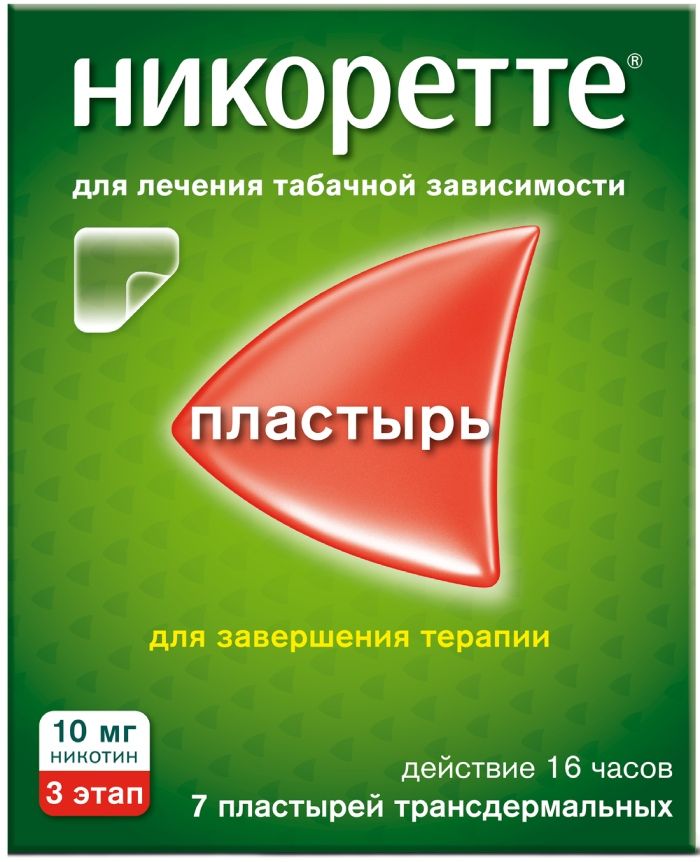
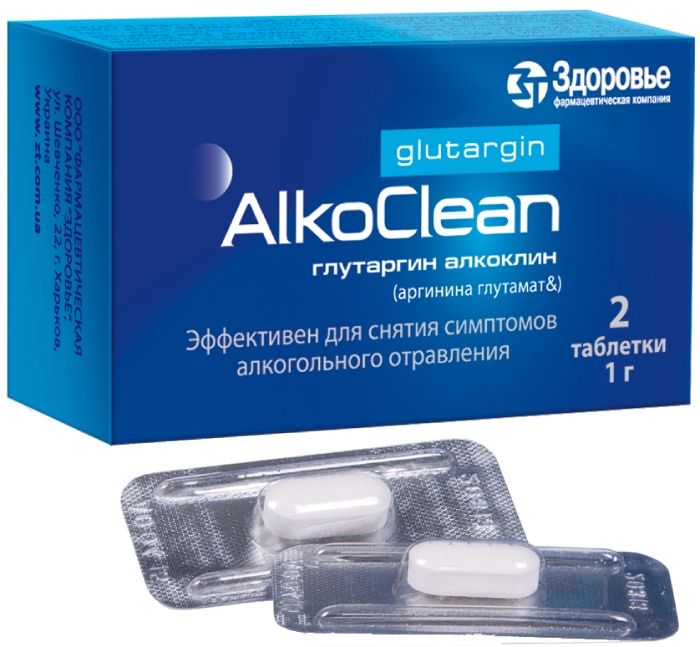

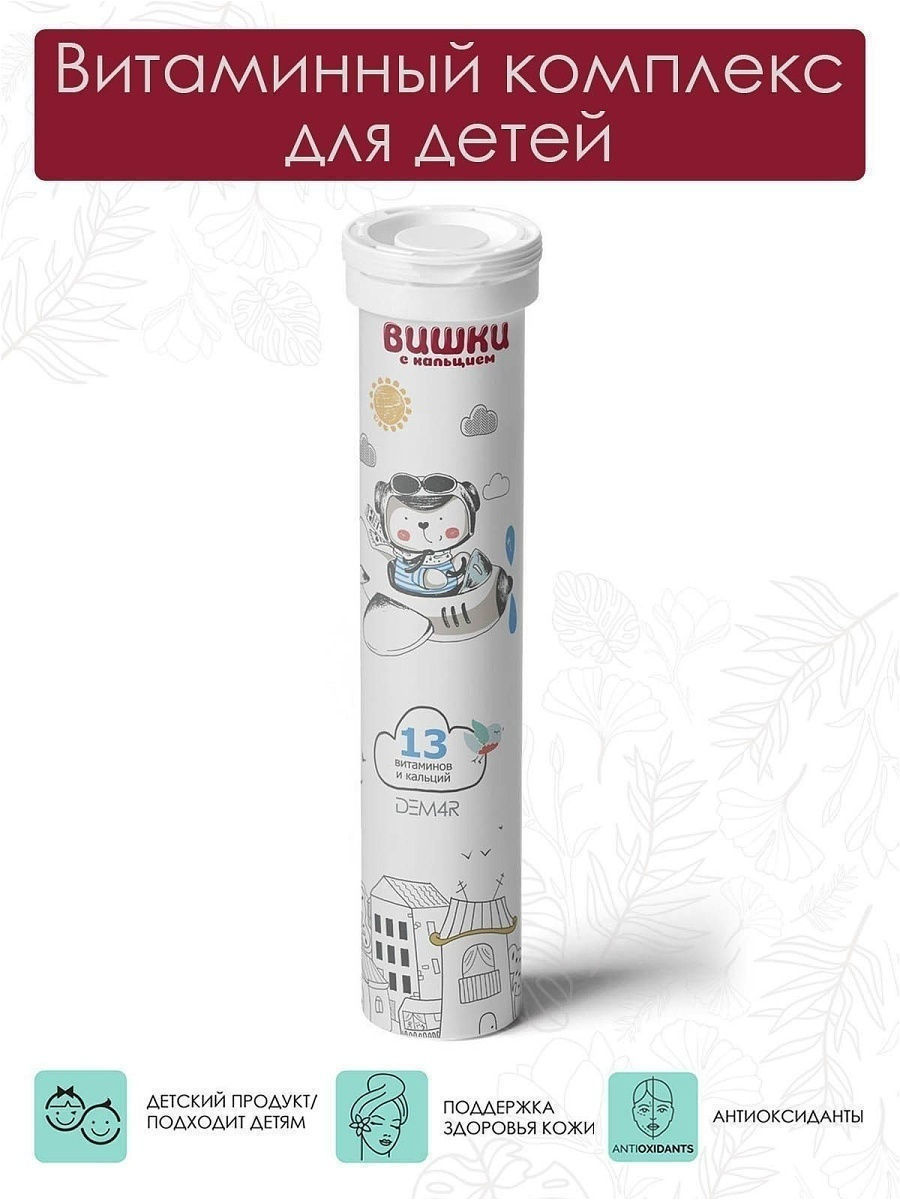
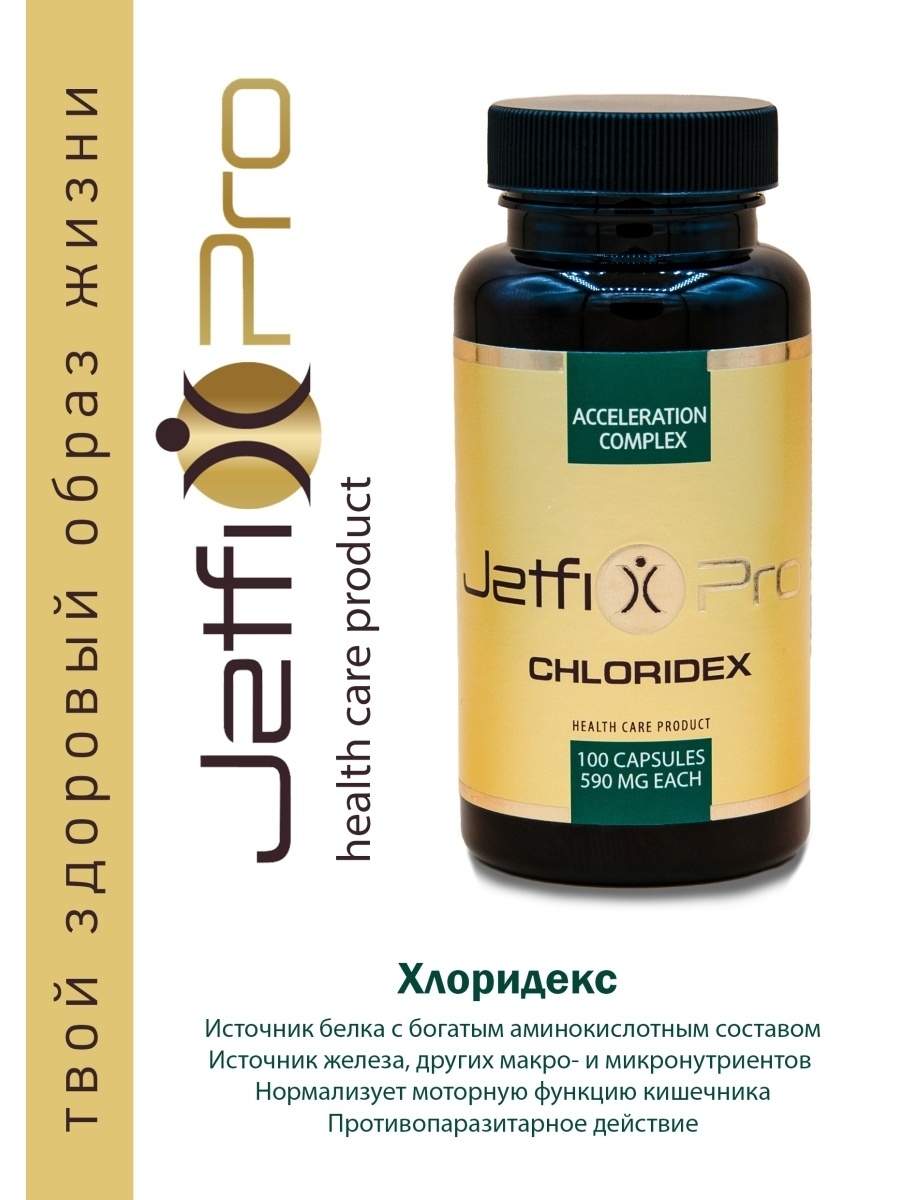
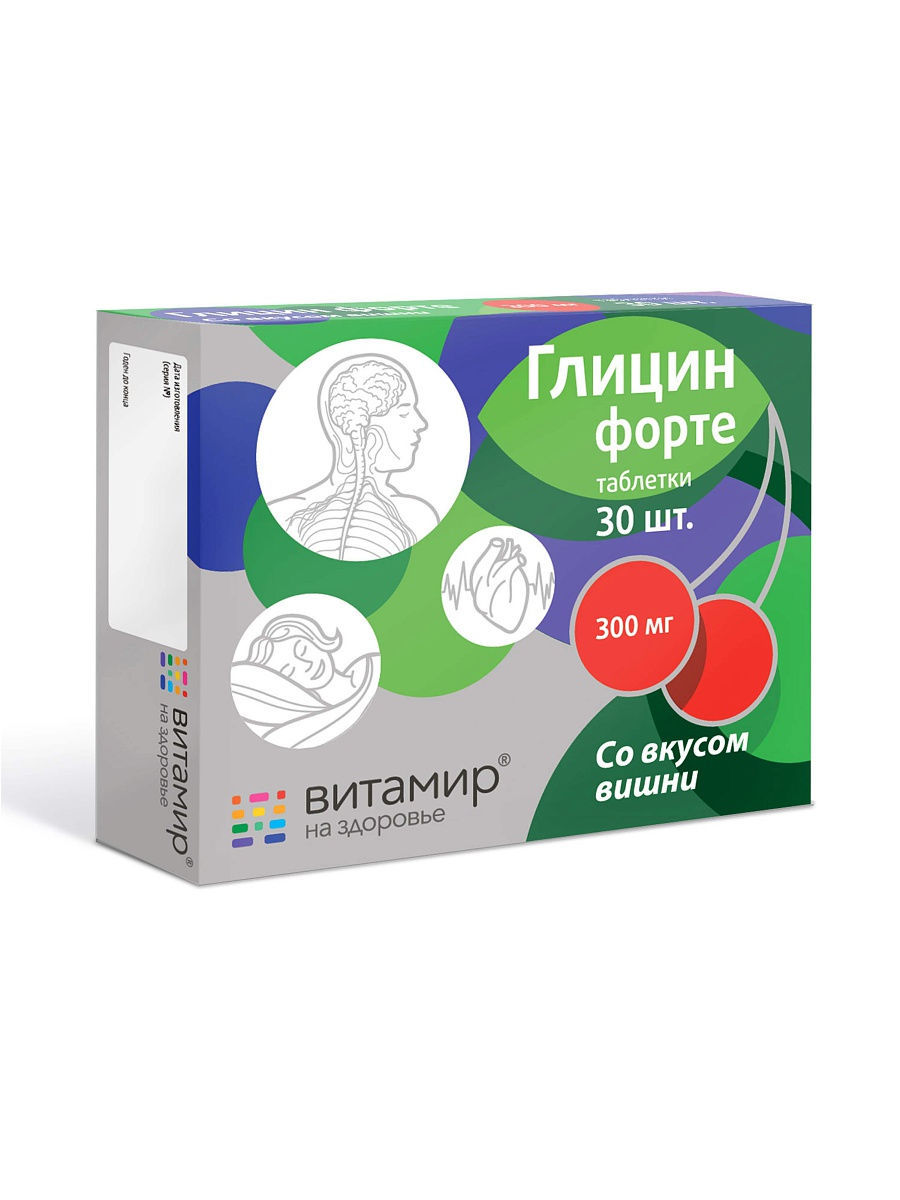
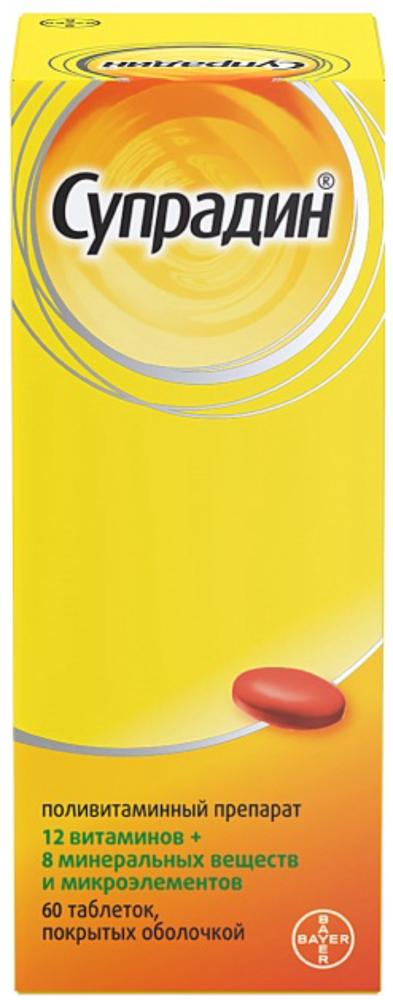
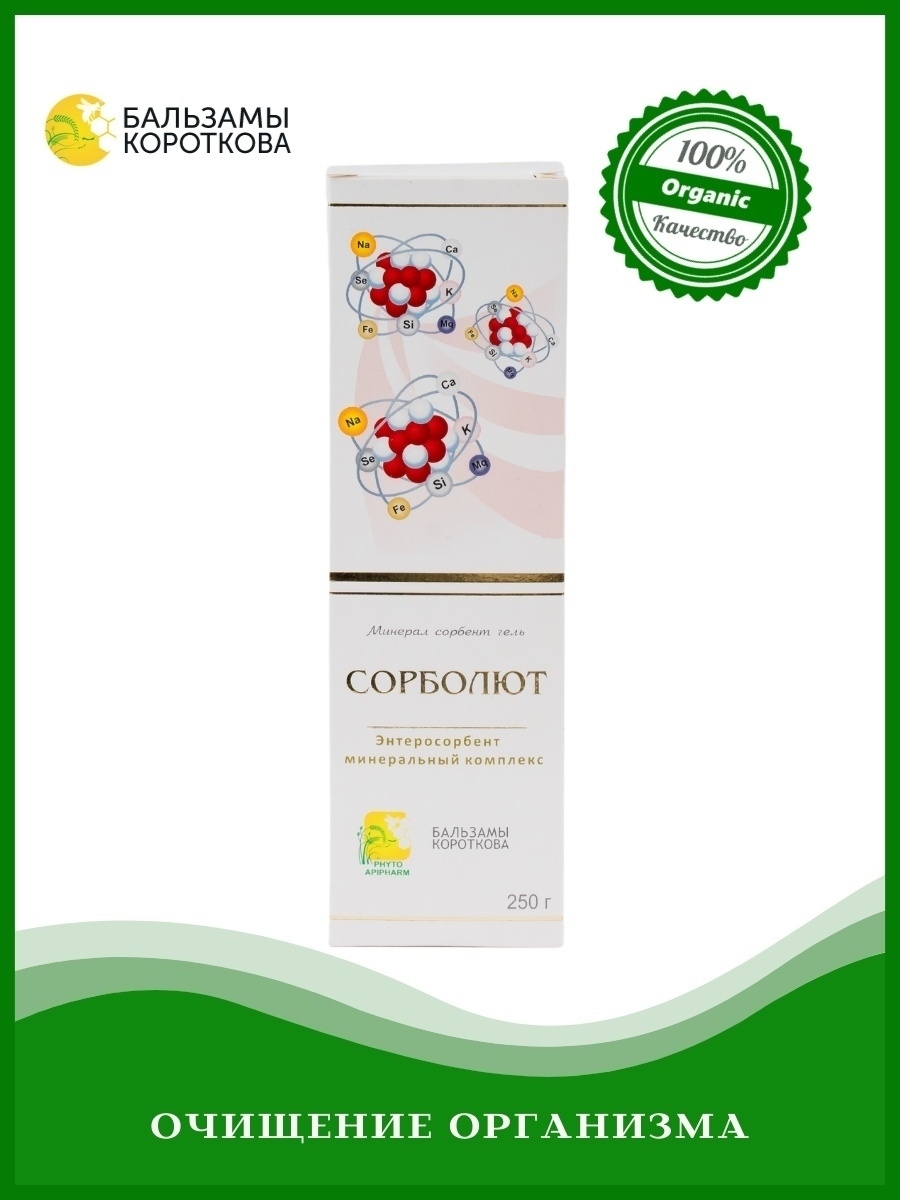
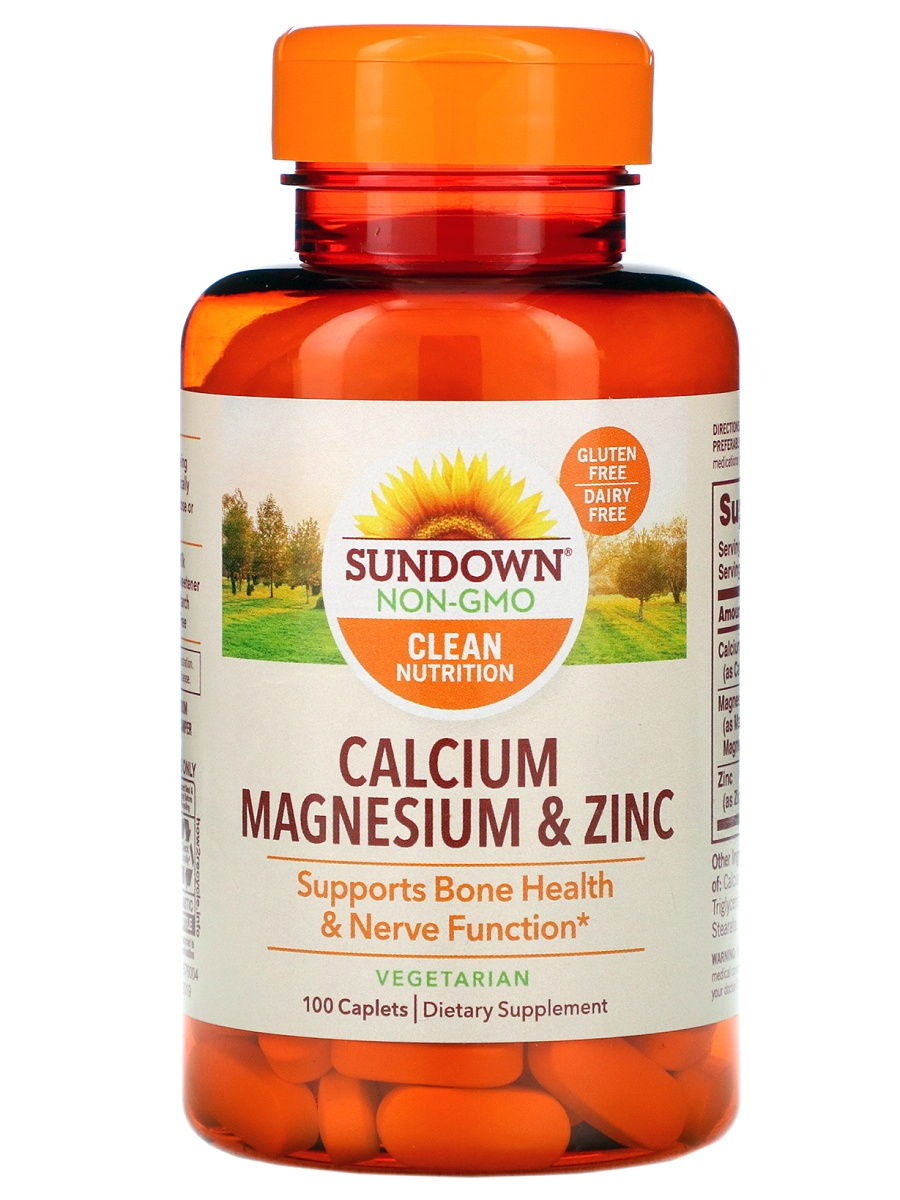




There are no reviews yet.